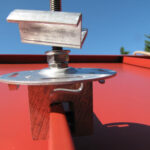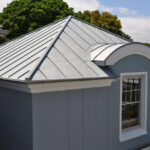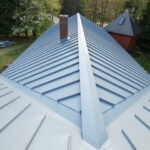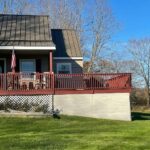What Are the Disadvantages of Metal Roofs?
November 16, 2024 | By Mike Gonet | Filed under: Blog
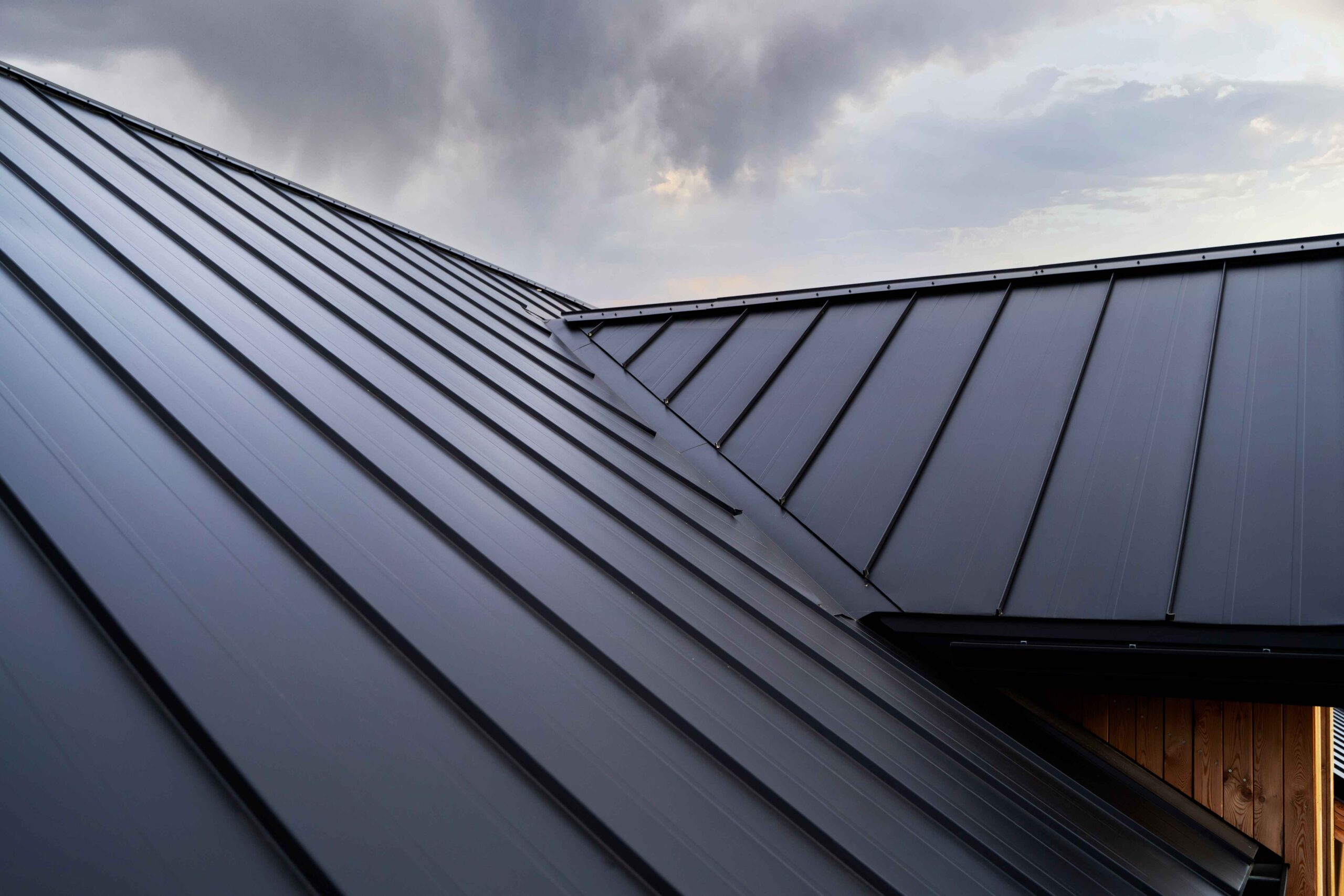
Metal roofs are known for their durability, but they come with certain drawbacks such as limited color options, noise issues, thermal expansion challenges, and susceptibility to dents and scratches. While they offer a long lifespan and strong protection against harsh weather, factors like higher upfront costs and specific maintenance needs are worth considering. This blog delves into these potential disadvantages to help you make an informed decision when evaluating roofing options, including professional metal roofing services in Rhode Island.
Higher Upfront Costs
Metal roofs generally involve a higher initial investment compared to traditional roofing materials like asphalt shingles. However, this upfront cost can be justified by their extended lifespan, which ranges from 40 to 70 years—far exceeding the typical 15 to 30 years of asphalt shingle roofs. Over time, this durability minimizes the need for frequent repairs or replacements, making metal roofs a cost-effective option in the long run.
In addition, metal roofs excel in protecting homes from extreme weather conditions such as heavy rain, snow, hail, and high winds. They are also energy-efficient, reflecting sunlight and helping to lower cooling costs during summer months. These energy savings can offset the initial expense over time. While the upfront costs are higher, the durability, energy efficiency, and reduced maintenance needs make metal roofs a wise investment for those seeking long-lasting and reliable roofing solutions.
Limited Color Options
A common disadvantage of metal roofing is the limited selection of colors available compared to other roofing materials. This restriction is due to the manufacturing process, where factors such as the type of metal and finishing techniques determine the final appearance. While metal roofs are available in a variety of neutral tones and metallic finishes—like shades of gray, black, copper, and aluminum—they may not provide the extensive customization options offered by materials like asphalt shingles or clay tiles.
For homeowners or designers with a specific aesthetic vision, this limitation could be a drawback. It’s essential to weigh the benefits of durability and performance against the possibility of restricted color choices when selecting a metal roof.
Potential Noise Issues
One of the challenges of metal roofs is the potential for noise, especially during rainstorms, hailstorms, or when debris like branches hits the surface. The sound can vary depending on factors such as the roof’s thickness, structural design, and the presence of insulation. For example, a roof lacking sufficient insulation may amplify sounds, leading to an increased noise level indoors.
To address this concern, adding soundproofing materials or installing extra insulation can help reduce noise transmission. Consulting with professional roofing contractors during the installation process ensures that these measures are implemented effectively, creating a quieter and more comfortable indoor environment.
Expansion and Contraction Concerns
Metal roofs naturally expand and contract due to temperature changes, a process influenced by seasonal weather, sunlight exposure, and the roof’s color. Over time, this thermal movement can stress the roof’s structure, leading to potential issues like loose fasteners or warped panels.
Mitigating this problem involves proper installation techniques, including accommodating thermal movement and using fasteners specifically designed for metal roofing. Routine maintenance and inspections can help detect and resolve issues early, ensuring the roof remains secure and functional over its lifespan.
Susceptibility to Dents and Scratches
While metal roofs are highly durable, they can be prone to dents and scratches from environmental factors or external impacts. Common causes of damage include:
- Hailstorms: Large hailstones can leave dents on metal surfaces, especially on thinner roofing materials.
- Tree Branches: Overhanging branches may scratch the roof during strong winds or storms, leading to cosmetic damage.
- Foot Traffic: Walking on metal roofs, whether for maintenance or other purposes, can create scratches and weaken the protective coating.
To minimize these risks, homeowners should take preventative measures such as trimming nearby tree branches and limiting foot traffic on the roof. Regular inspections and touch-up coatings can also help maintain the roof’s appearance and functionality.
Other related posts:
